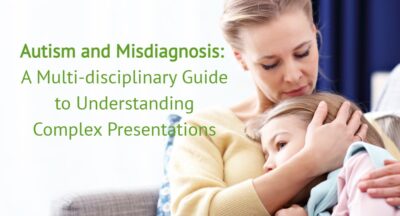
Article Updated – September 2022
Since this article was first written in 2017 we have published two journal articles related to PDA.
The first is titled “Modification of the Coventry Grid Interview (Flackhill et al, 2017) to include the Pathological Demand Avoidant profile”
When this then feeds through to schoolteachers and SENCO’s it can lead to tense situations between school and parents.
The PDA profile does exist. The research evidence is growing …
Since this article was first written in 2017 we have published two journal articles related to PDA. The first is titled “Modification of the Coventry Grid Interview (Flackhill et al, 2017) to include the Pathological Demand Avoidant profile” and the second is titled “An exploration of the Pathological (or Extreme) Demand Avoidant profile in children referred for an autism diagnostic assessment using data from ADOS-2 assessments and their developmental histories.”
Related Posts
The Challenge of Complex (and Perplexing) Presentations in Autism.
This is the title of a new book I will be writing, along with colleagues, and...
It’s not only girls who can mask
Following on from the previous article regarding masking in children on the...
PDA Research News
As many people who have attended the various PDA conferences over the last couple...
The importance of correct early intervention for children with Autism
Like most people I have been following the recent news stories about young people...




